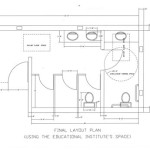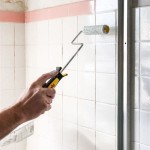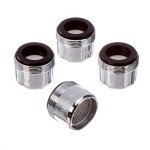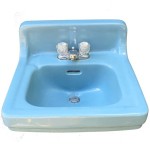Essential Aspects of DIY Bathroom Sink Cabinets
Upgrading your bathroom's aesthetics and functionality can be an exciting endeavor, and creating your own bathroom sink cabinet is a fantastic DIY project that allows you to customize the space to your liking. While it may seem daunting, building a sink cabinet is less complex than you might think. Here are some essential aspects to consider:
Materials Selection
The choice of materials for your sink cabinet depends on your desired style and budget. Plywood is a popular option due to its strength and cost-effectiveness. MDF (medium-density fiberboard) is another popular choice as it is smooth and paintable. Solid wood is the most durable option but also the most expensive.
For the countertop, laminate, tile, or stone are all viable options. Laminate is affordable and easy to clean, while tile offers a wide range of design possibilities. Stone, such as marble or granite, is the most luxurious and durable choice.
Cabinet Dimensions
The dimensions of your cabinet will depend on the size of your sink and bathroom layout. Measure the space where you plan to install the cabinet and subtract the thickness of the countertop to determine the height. The width and depth should accommodate the sink and provide storage space.
Standard sink cabinets typically have a height of 30-36 inches, a width of 24-48 inches, and a depth of 21-24 inches. However, you can adjust these dimensions to fit your specific needs.
Construction
The construction process involves assembling the cabinet frame, attaching the doors or drawers, and installing the countertop. Use wood glue and clamps to secure the frame components and reinforce the joints with screws.
For the doors or drawers, you can choose from various styles, such as shaker, flat panel, or louvered. Install the hinges or drawer slides according to the manufacturer's instructions.
Finally, place the countertop on the cabinet and secure it with screws or adhesive. Seal the joint between the countertop and the cabinet to prevent water damage.
Finishing Touches
Once the cabinet is assembled, you can add the finishing touches to enhance its appearance and functionality.
- Paint or stain the cabinet to match your bathroom decor.
- Install hardware, such as knobs or pulls, for easy opening.
- Add a backsplash to protect the wall from water splashes.
- Consider adding shelves or drawers inside the cabinet for additional storage.
Tips for Success
- Use precise measurements and a level to ensure a sturdy and well-aligned cabinet.
- Pre-drill holes before inserting screws to prevent splitting the wood.
- Test the doors or drawers before installing the countertop to ensure smooth operation.
- Seal all joints to prevent water damage.
- Allow ample drying time for paint or stain before assembling the cabinet.
Building a DIY bathroom sink cabinet is a rewarding project that can save you money and enhance the functionality of your bathroom. By following these essential aspects, you can create a custom-tailored cabinet that meets your needs and adds value to your home.

10 Diy Bathroom Vanity Ideas The Family Handyman
:max_bytes(150000):strip_icc()/build-something-diy-vanity-594402125f9b58d58ae21158.jpg?strip=all)
16 Diy Bathroom Vanity Plans You Can Build Today

Diy Bathroom Vanity 12 Rehabs Bob Vila

How To Build A Diy Bathroom Vanity Angela Marie Made

Diy Bathroom Vanity For 65 Angela Marie Made

Rustic Bathroom Vanity Kreg Tool

Diy Bathroom Vanity For 65 Angela Marie Made

Diy Bathroom Vanity 12 Rehabs Bob Vila

Diy Bathroom Vanity Ideas Perfect For Repurposers

Diy Vanity For Wall Mount Sink Jaime Costiglio
Related Posts







